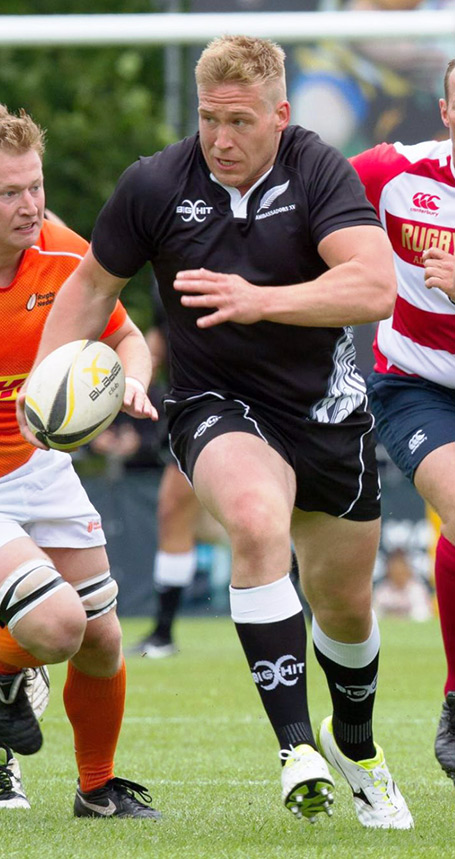Aftercare
Rehabilitation after Anterior Cruciate Ligament Reconstruction
Your anterior cruciate ligament has been reconstructed using a graft made from hamstring tendons. The graft is passed through tunnels made in the tibia and femur and fixed in place to replace the ruptured ligament. It takes two or three months for the graft to heal into these bone tunnels, and at least three months for the blood supply to the surface of the graft to be re-established. Although during this early period the strength of the graft is gradually decreasing, it remains easily strong enough to withstand the forces generated by supervised rehabilitation.
The goals of rehabilitation and the targets that an average patient should hope to achieve are set out below:
In-patient Stay
You will be discharged on the day of surgery or after an overnight stay. Before discharge you should have established good control of the knee and have begun to bend the joint.
The First Week
By the end of the first week, you should be able to straighten the knee, bend the knee to a right angle, lift and control your leg independently, walk with crutches partial or full weight bearing, and do the hamstring and quadriceps exercises shown to you by our Physiotherapists. You should continue using crutches for around 7 days following the operation, thereafter full weight bearing without walking aids as soon as you feel comfortable to do so.
The First Month
Out-patient physiotherapy will have been arranged. Your goals will be to achieve and maintain full knee straightening within two weeks, and to achieve near normal knee bending and increase your muscular strength using co-contractions and closed chain exercises by the end of the first month. Your physiotherapist will gradually make your exercises harder and you should perform these exercises at home regularly. You should be comfortable walking outdoors and will have returned to work and driving.
The Second Month
The physiotherapist will make your exercises harder still, concentrating on closed chain and co-contractions, and paying particular attention to developing the strength of your hamstring muscles because these contribute to the stability of your knee. Knee bending should be near normal and you should now be regularly using an exercise bike. Kneeling may still be uncomfortable.
The Third Month
The emphasis will now be on proprioceptive exercise and the recovery of neuromuscular control. You may use some gymnasium equipment, avoiding open chain exercises, and you should be cycling regularly.
The Fourth Month
The emphasis will now be on recovering muscle strength and power. You should begin jogging in a straight line and preferably on grass or board rather than concrete or tarmac. Running on gradients should be avoided. Changes of direction and jumping should also be avoided except under the direction of your physiotherapist. Proprioceptive and neuromuscular exercise will increase in intensity with agility training and plyometrics.
The Fifth Month
You should now be recovering fitness, exercising regularly and performing increasingly complex agility and plyometric drills. You should be familiar with and undertaking a PEP program. Muscle bulk and power should be near normal.
The Sixth Month & Beyond
Sport specific drills and skills training should be incorporated into your rehabilitation program, with the aim of recovering full fitness, agility and confidence before making a progressive return to competitive sport.
Return to Sport
Return to competitive sporting activity should be delayed for between 9 and 12 months depending on your progress and your planned level of activity. If you are hoping to return to competitive ball sports including jumping, changes of direction or contact, you should not do so until you have successfully completed your rehabilitation and a return to sports program.



